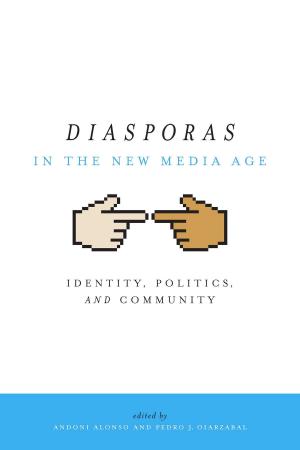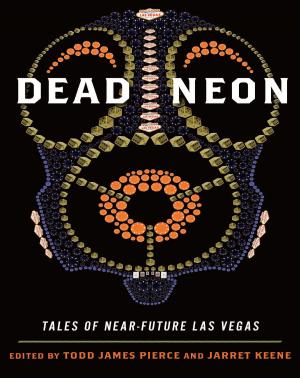Genesis, Structure, and Meaning in Gary Snyder's Mountains and Rivers Without End
Fiction & Literature, Literary Theory & Criticism, American| Author: | Anthony Hunt | ISBN: | 9780874174762 |
| Publisher: | University of Nevada Press | Publication: | December 20, 2016 |
| Imprint: | University of Nevada Press | Language: | English |
| Author: | Anthony Hunt |
| ISBN: | 9780874174762 |
| Publisher: | University of Nevada Press |
| Publication: | December 20, 2016 |
| Imprint: | University of Nevada Press |
| Language: | English |
When Gary Snyder’s long poem Mountains and Rivers Without End was published in 1996, it was hailed as a masterpiece of American poetry. Anthony Hunt offers a detailed historical and explicative analysis of this complex work using, among his many sources, Snyder’s personal papers, letters, and interviews. Hunt traces the work’s origins, as well as some of the sources of its themes and structure, including Nō drama; East Asian landscape painting; the rhythms of storytelling, chant, and song; Jungian archetypal psychology; world mythology; Buddhist philosophy and ritual; Native American traditions; and planetary geology, hydrology, and ecology. His analysis addresses the poem not merely by its content, but through the structure of individual lines and the arrangement of the parts, examining the personal and cultural influences on Snyder’s work. Hunt’s benchmark study will be rewarding reading for anyone who enjoys the contemplation of Snyder’s artistry and ideas and, more generally, for those who are intrigued by the cultural and intellectual workings of artistic composition.
When Gary Snyder’s long poem Mountains and Rivers Without End was published in 1996, it was hailed as a masterpiece of American poetry. Anthony Hunt offers a detailed historical and explicative analysis of this complex work using, among his many sources, Snyder’s personal papers, letters, and interviews. Hunt traces the work’s origins, as well as some of the sources of its themes and structure, including Nō drama; East Asian landscape painting; the rhythms of storytelling, chant, and song; Jungian archetypal psychology; world mythology; Buddhist philosophy and ritual; Native American traditions; and planetary geology, hydrology, and ecology. His analysis addresses the poem not merely by its content, but through the structure of individual lines and the arrangement of the parts, examining the personal and cultural influences on Snyder’s work. Hunt’s benchmark study will be rewarding reading for anyone who enjoys the contemplation of Snyder’s artistry and ideas and, more generally, for those who are intrigued by the cultural and intellectual workings of artistic composition.















